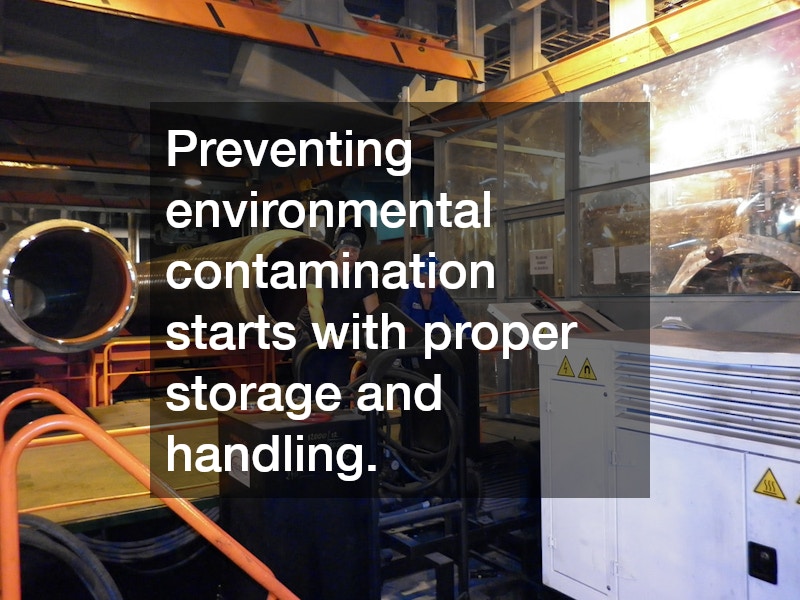In today’s world, the demand for portable energy solutions has led to a significant increase in the production and use of lithium batteries. These batteries power everything from smartphones to electric vehicles, making them an integral part of modern life. However, alongside their convenient power comes the necessity for safe storage solutions, especially in scenarios involving bulk storage or transportation. Proper management is vital to mitigate risks associated with these high-energy cells. This article explores why utilizing a lithium battery storage container is essential for maintaining safety and preventing potential hazards.
Understanding the Importance of a Lithium Battery Storage Container
The design and materials used in lithium battery storage containers are critical to their effectiveness. Constructed from fire-retardant and heat-resistant materials, these containers aim to contain any incidents internally, thereby preventing the spread of fire or explosion beyond the container.
This feature is particularly crucial in industrial settings, where large quantities of batteries are often stored together. By using specialized materials, these containers can withstand extreme conditions, offering robust protection against a variety of potential hazards. The inclusion of ventilation features further ensures that gases released during thermal events are safely dispersed.
Proper thermal management is another crucial aspect of a lithium battery storage container. A high-quality container will have systems in place to maintain stable temperatures, crucial for preventing thermal runaway—a state where increasing temperatures in a lithium battery can lead to a dangerous chain reaction. This is especially important because lithium batteries are highly sensitive to temperature changes. By maintaining a stable internal environment, storage containers help in significantly reducing the risk of uncontrolled reactions. Furthermore, these containers offer physical protection against environmental factors that could harm the batteries, such as moisture and mechanical impact.
Reviewing Safety Enhancements Through Proper Storage
Using a lithium battery storage container significantly enhances safety by mitigating the common risks associated with lithium battery use. This proactive approach to safety focuses on preventing incidents before they occur, rather than merely responding to them. By securing lithium batteries in safe storage, users can have peace of mind knowing they have minimized potential hazards. This is particularly relevant in environments like warehouses or retail settings, where multiple batteries are stored close together. The container acts as a barrier to prevent chain reactions, ensuring that if one battery malfunctions, it does not lead to a catastrophic event involving others.
Ensuring compliance with safety regulations is another advantage of using a lithium battery storage container. Many countries and jurisdictions have set regulations that dictate storage protocols for hazardous materials, including lithium batteries. By using containers designed for lithium batteries, businesses can more easily comply with these regulations, reducing the risk of penalties and ensuring operational continuity. Meeting these regulations is not only a legal obligation but also an ethical one, reflecting a commitment to safety and responsibility. The use of proper storage solutions is often considered part of best practices in industries dealing with lithium batteries.
Contributing to Environmental Responsibility Through Battery Management
Beyond safety, the use of a lithium battery storage container also contributes to more environmentally responsible battery management. Proper containment of lithium batteries prevents leaks and contamination of the surrounding environment, a concern especially pertinent when dealing with damaged or defective batteries. The containment system prevents harmful materials within the batteries from leaching into the ecosystem. It represents a commitment to reducing the environmental impact of battery use, a crucial consideration given the projected rise in lithium battery production and disposal. Therefore, these storage solutions support sustainability efforts by allowing safer recycling and disposal of batteries.
As companies and individuals strive to reduce their carbon footprint, adopting effective battery management practices, like using storing containers, plays an essential role. Preventing environmental contamination starts with proper storage and handling, ensuring that all end-of-life battery processes adhere to environmental standards. By maintaining secure storage, businesses can better manage their waste and uphold their corporate social responsibility (CSR) goals. This proactive management also facilitates easier recycling processes, as organized storage contributes to efficient sorting, handling, and disposal of battery waste. Consequently, the impact on landfills and natural spaces is minimized.
Investing in a lithium battery storage container represents more than just a precautionary measure; it embodies a commitment to best practices in safety and environmental stewardship. This proactive step allows individuals and businesses to harness the power of lithium batteries with confidence, knowing they have taken every measure to prevent incidents. As technology advances, the principles of safe storage and handling continue to evolve, highlighting the ever-present need for vigilance and innovation in energy management. Ultimately, these containers symbolize a critical aspect of achieving balance between the benefits and challenges of modern energy storage technologies.
.



